Chihuly At Biltmore Was On Display From May 17 To October 7, 2018.
Please Enjoy This Archived Content.
When Todd Roy says there are plenty of reasons to visit Biltmore’s Conservatory in late summer, he’s not exaggerating.
Once you enter the historic structure located at the end of the Walled Garden, it’s like stepping into another world—one filled with lush tropical treasures and venerable vines plus dazzling array of colors, scents, and textures to delight your senses!
Todd is a member of Biltmore’s horticulture team who care for the thousands of exotic and interesting plants that fill the Conservatory. While that much responsibility might seem daunting, he enjoys meeting the needs of his botanical “co-workers,” from hand-watering them every morning to knowing their preferences for light and shade.
“George Vanderbilt chose plants with the same attention and interest as the art he collected,” said Todd. “Some of the specimens he selected are beautiful, some are rare, and some are just odd and interesting.”
It was hard to narrow down the list, but here are 10 of Todd’s top picks to see during your next Conservatory visit:
10. Longest Lives
The Conservatory has an impressive collection of Cycads with a few dating back more than a century to the time of the Vanderbilts. Cycads only grow about one inch per year, so the size some of these have achieved is especially impressive.
 Between the bench and the palm towering overhead, a lush Cycad makes a photo-worthy backdrop
Between the bench and the palm towering overhead, a lush Cycad makes a photo-worthy backdrop
9. Largest Leaves
Just inside the Cool House, look for a grouping of Thai Giant Elephant Ears (Colocasia gigantea) featuring some of the largest leaves in the Conservatory.

Thai Giant Elephant Ears sport umbrella-sized leaves in the Cool House
8. Intriguing Alleys (Edible)
Each year, Todd creates special themes for the two alleys located between the main wings of the Conservatory. This year, they’re showcasing useful/edible plants in one alley and water features in the other.
Have you ever wondered how coffee, cotton, or allspice (Pimenta dioicaa) grows? You’ll find examples of each along with black pepper vine, Miracle Fruit (Synsepalum dulcificum) that makes sour foods taste sweet, Barbados cherry (Malpighia emarginata), an important source of Vitamin C, and many more.

Close-up view of the aptly-named Miracle Fruit
7. Intriguing Alleys (Water Features)
Once you’ve admired all the edible plants, take a stroll down the opposite alley to experience the soothing sounds of water trickling and splashing over pebbles into small pools surrounded by lush container plantings. Linger here to watch the play of light on water and absorb the peaceful atmosphere of this relaxing space tucked away and just waiting to be discovered!
Inside the conservatory
Look for a series of relaxing water features in one of the Conservatory’s two alleys this summer
6. Hummingbird Haven
According to Todd, the Red Button Ginger (Costus woodsonii) growing near the end of the Cool House is a hummingbird magnet. “When it flowers in late summer, each ginger cone produces a single red bloom,” said Todd, “and the hummingbirds know it’s there, almost as if they’ve mapped out the Conservatory. I see them early in the morning, visiting each flower, then flying away before it gets too warm inside.”

Red Button Ginger displays a single “button” or bloom
5. Tropical Travel
Want to visit the tropics without leaving Biltmore? Don’t miss the fragrant display of Plumeria in containers along the back wall behind the Conservatory. Also commonly known as Frangipani, Plumeria is native to many of the world’s tropical regions and the beautiful blooms are often used in Hawaiian leis.

Pretty pink Plumeria flowers smell as lovely as they look
4. Signature Scent
If you’re a fan of Coco Chanel’s iconic Chanel No. 5 perfume, your nose may lead you to a very special specimen growing in Biltmore’s Conservatory. The Ylang Ylang Tree (Cananga odorata) produces creamy yellow flowers with long petals, and their heady floral scent is the signature note associated with the world-famous fragrance.

A fragrant yellow bloom of the Ylang Ylang Tree
3. Cereus Secrets
The area of the Conservatory dedicated to members of the cactus clan definitely keeps some secrets from our day guests!
“It’s actually very hard to catch a night-blooming cactus at its peak,” Todd tells us. “You have to be here late at night or very early in the morning to see the full potential of the flowers.” Lucky for us, Todd has captured some elusive blooms from the Cereus family like this stunning Queen of the Night (Epiphyllum oxypetalum) example.
 ‘Queen of the Night’ cactus in bloom
‘Queen of the Night’ cactus in bloom
2. Pitcher Perfect
While the idea of carniverous plants may seem like an oxymoron, Slender Pitcher Plants (Nepenthes gracilis) and other varieties offer a fascinating glimpse into a highly-specialized world in which plants attract and trap insects as their main source of food. The year-round warmth of the Conservatory provides a perfect environment for both the pitchers and the insects on which they feed.

A staff member shows off the pitcher portion of the Slender Pitcher Plant
1. Glorious Glass
No visit to the Conservatory is complete without marveling at the glorious glass sculptures by artist Dale Chihuly during Chihuly at Biltmore and Chihuly Nights at Biltmore. As you approach the Conservatory, note the Cattails and Copper Birch Reeds installed in the Butterfly Garden.
 Cattails and Copper Birch Reeds aglow in front of the Conservatory during Chihuly Nights at Biltmore
Cattails and Copper Birch Reeds aglow in front of the Conservatory during Chihuly Nights at Biltmore
Inside the structure, look up to the ceiling to spot three intricate Burnished Amber, Citron, and Teal Chandeliers; you’ll find them at the far left, far right, and in the center of the main room. Their time is limited, however, as these breathtaking “blooms” are only here until October 7.
 One of Chihuly’s three Burnished Amber, Citron, and Teal Chandeliers inside the Conservatory at Biltmore
One of Chihuly’s three Burnished Amber, Citron, and Teal Chandeliers inside the Conservatory at Biltmore
Featured blog photo: Biltmore horticulturalists at the Conservatory
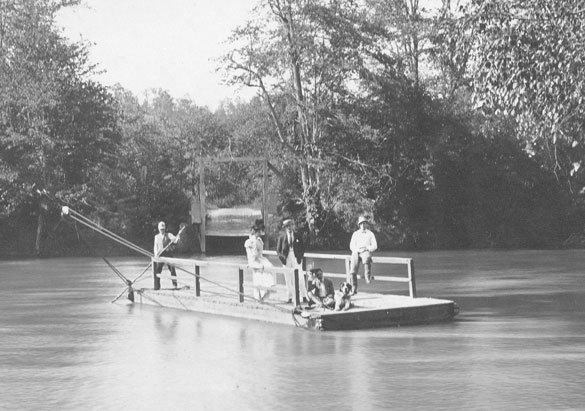

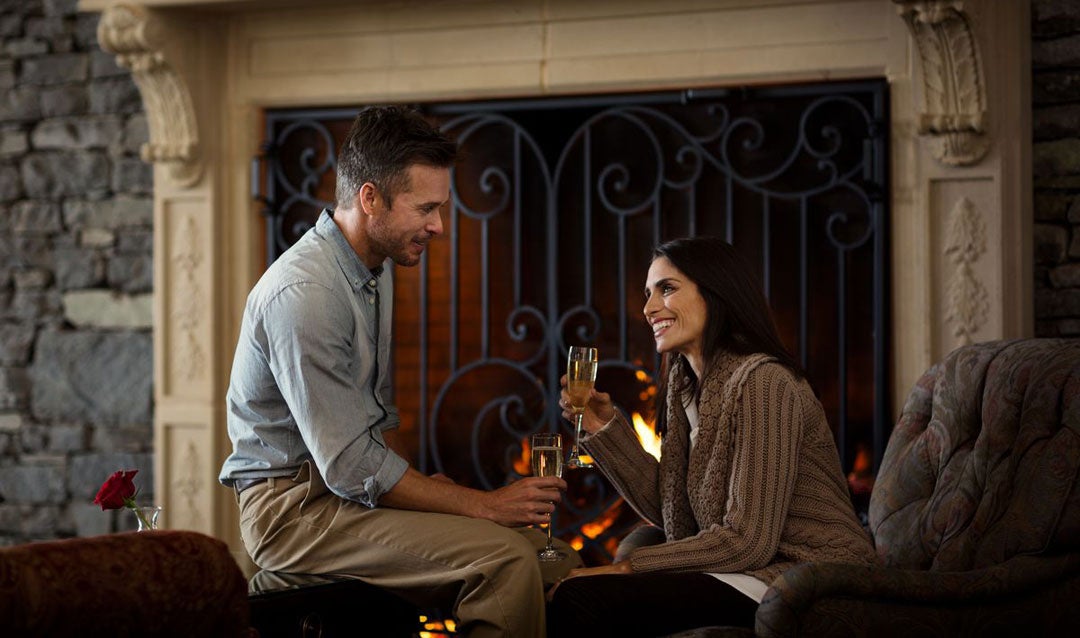










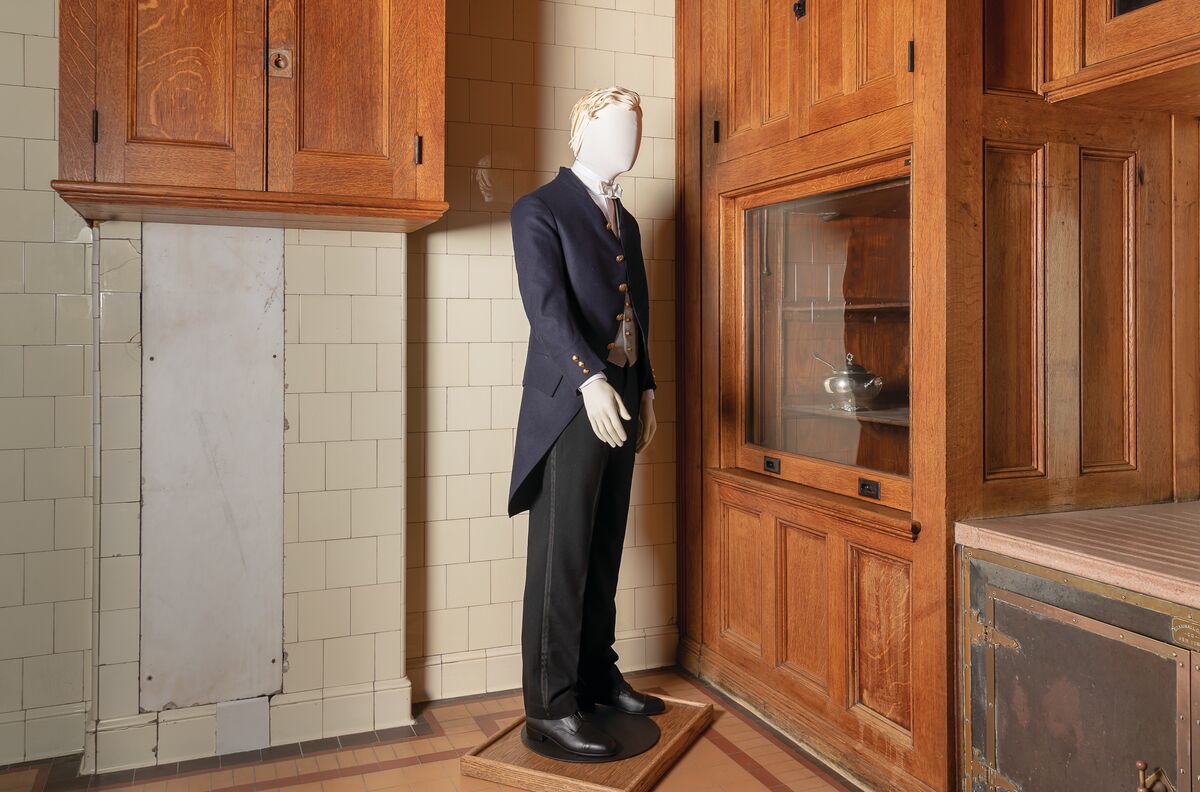
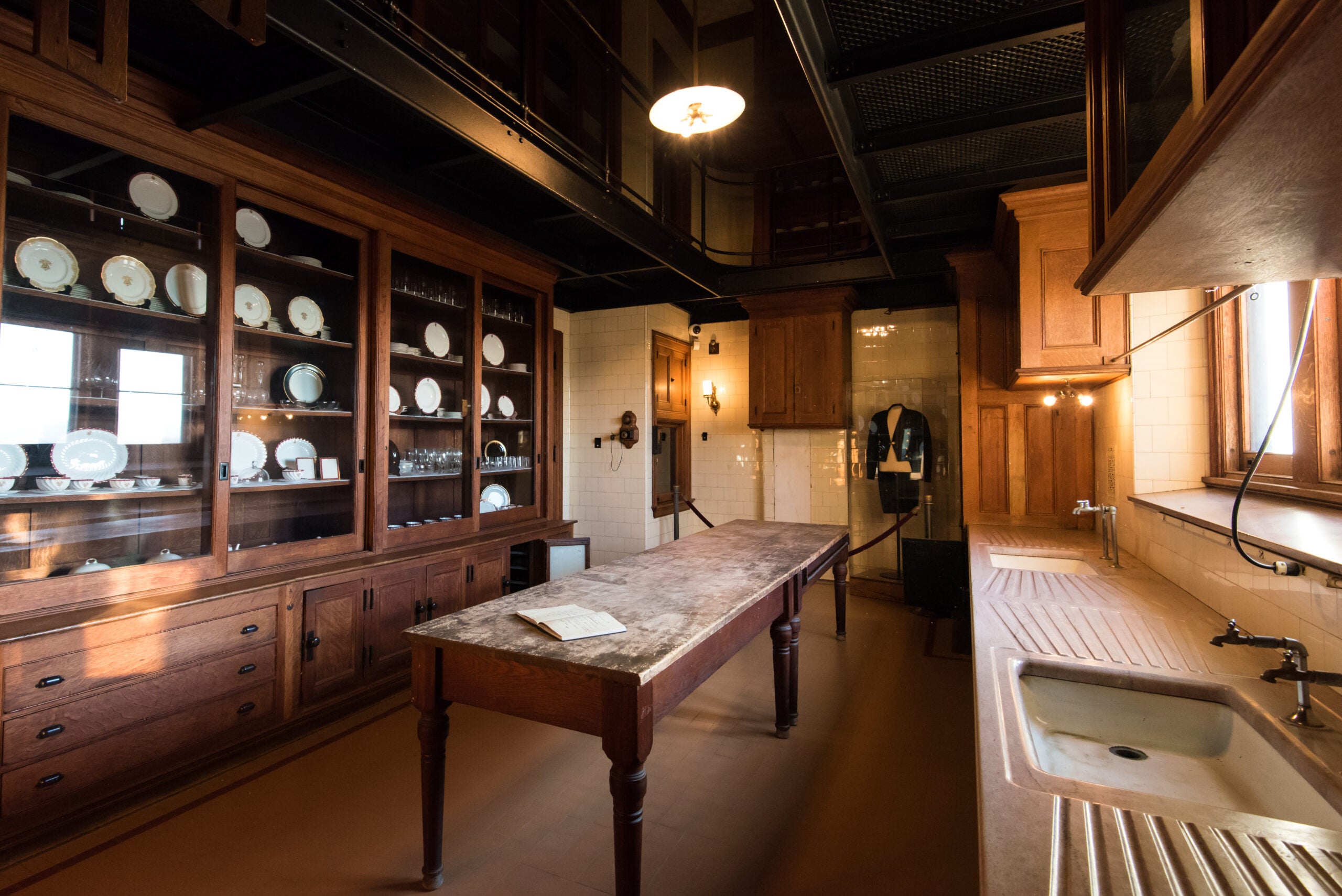
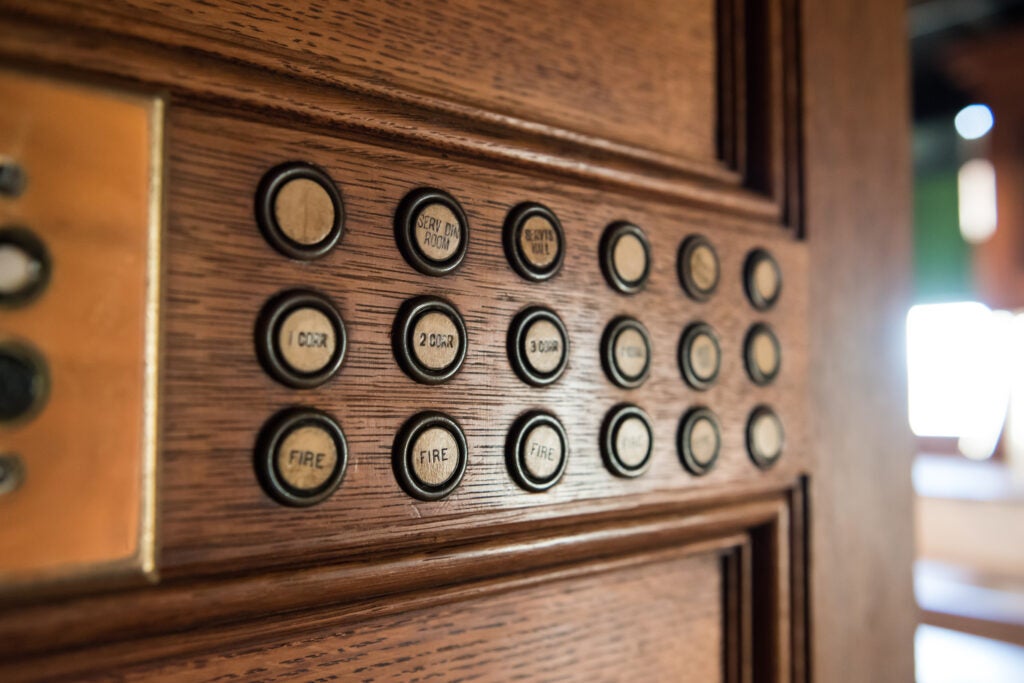
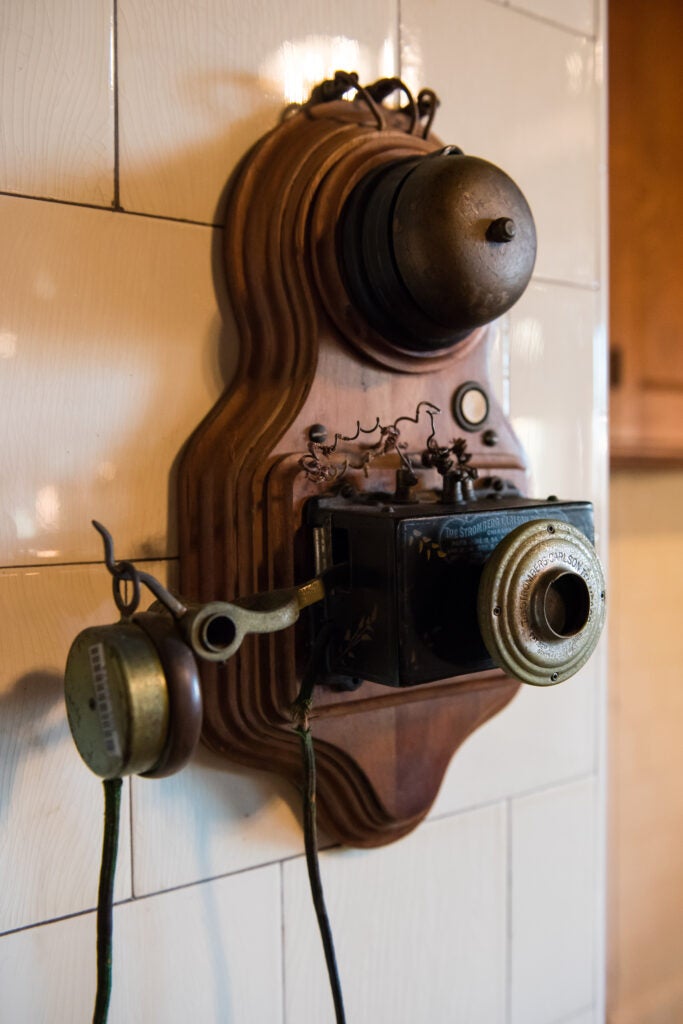
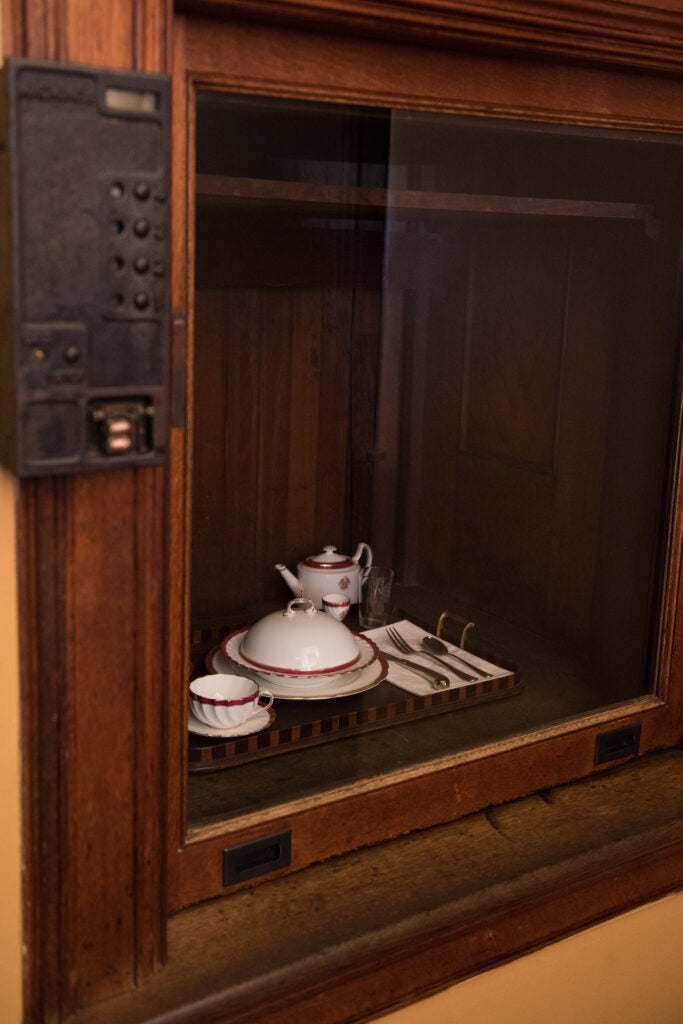
 Bill Alexander amidst the landscape Frederick Law Olmsted designed for Biltmore
Bill Alexander amidst the landscape Frederick Law Olmsted designed for Biltmore

 Olmsted’s design for the Bass Pond dam and spillway are still functional today
Olmsted’s design for the Bass Pond dam and spillway are still functional today Two Biltmore icons: Bill Alexander and the Bass Pond bridge
Two Biltmore icons: Bill Alexander and the Bass Pond bridge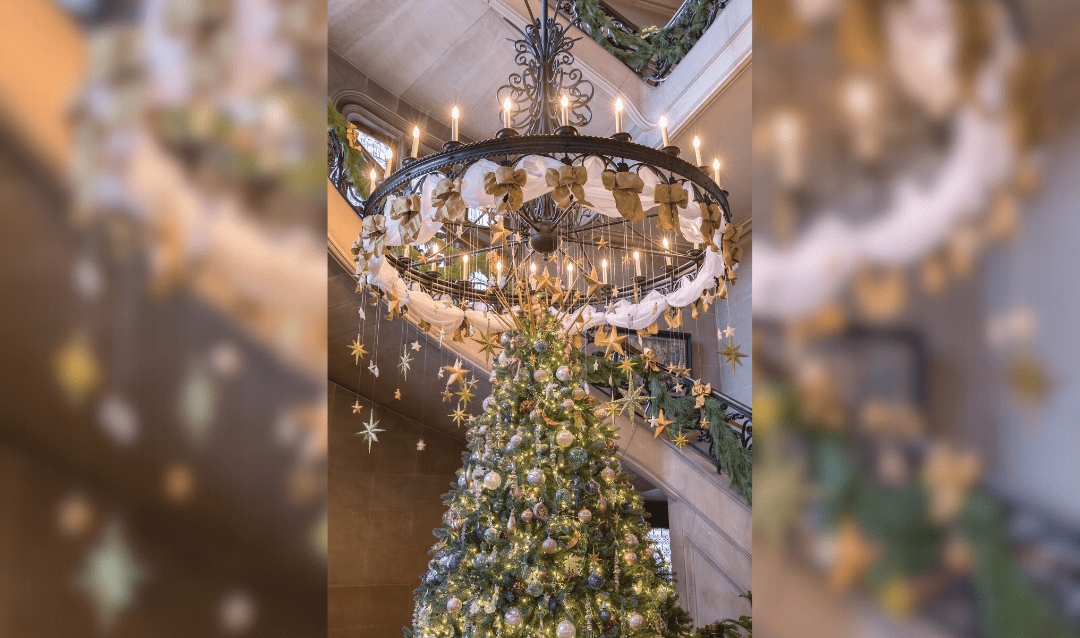
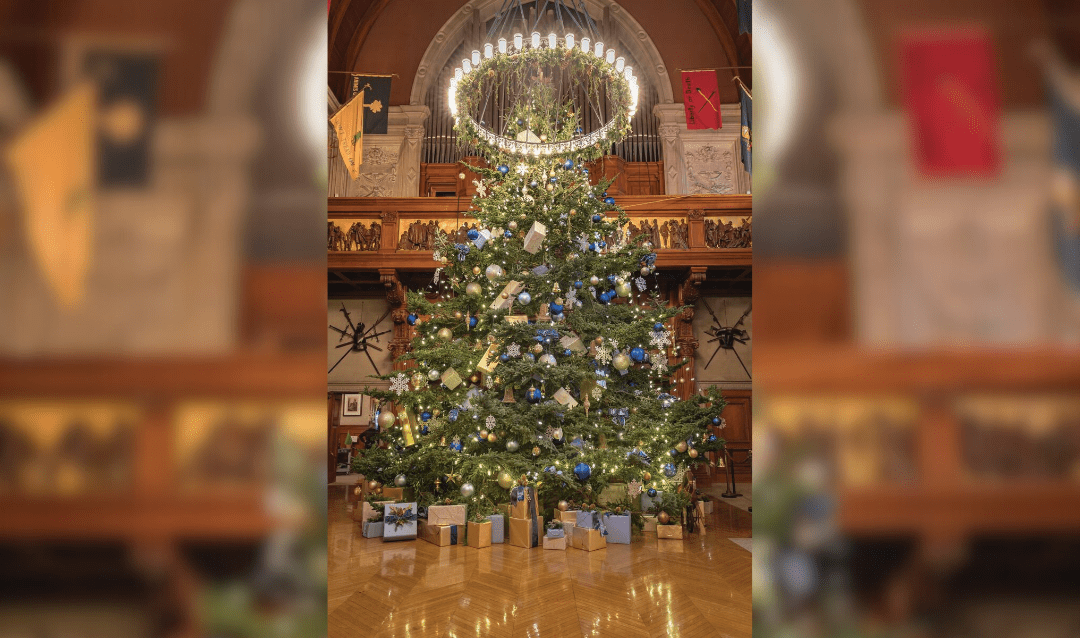
 Between the bench and the palm towering overhead, a lush Cycad makes a photo-worthy backdrop
Between the bench and the palm towering overhead, a lush Cycad makes a photo-worthy backdrop 




 ‘Queen of the Night’ cactus in bloom
‘Queen of the Night’ cactus in bloom
 Cattails and Copper Birch Reeds aglow in front of the Conservatory during Chihuly Nights at Biltmore
Cattails and Copper Birch Reeds aglow in front of the Conservatory during Chihuly Nights at Biltmore One of Chihuly’s three Burnished Amber, Citron, and Teal Chandeliers inside the Conservatory at Biltmore
One of Chihuly’s three Burnished Amber, Citron, and Teal Chandeliers inside the Conservatory at Biltmore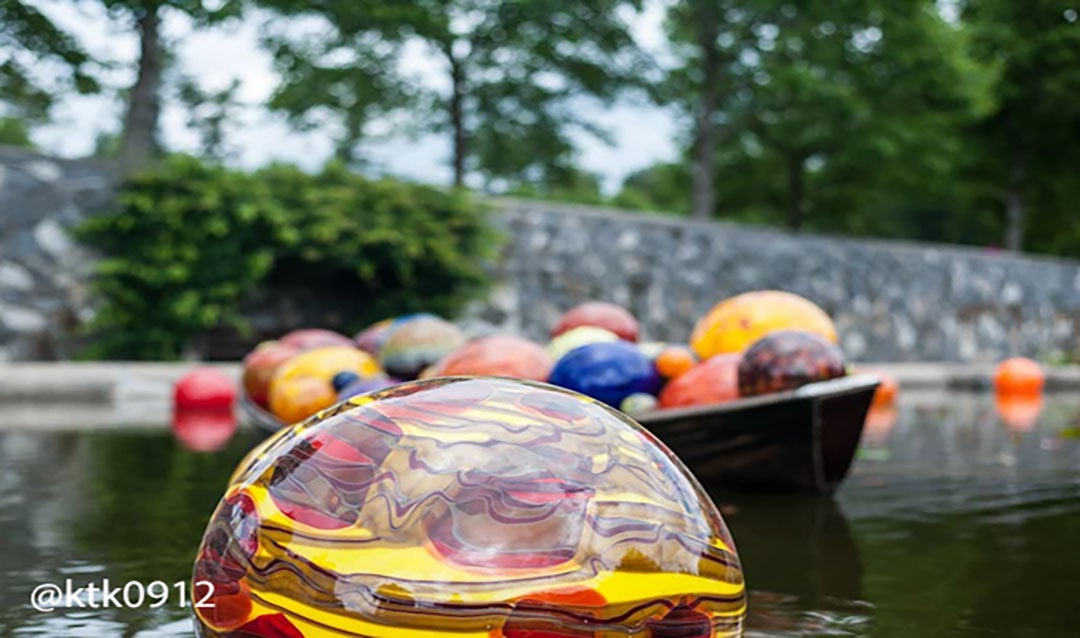
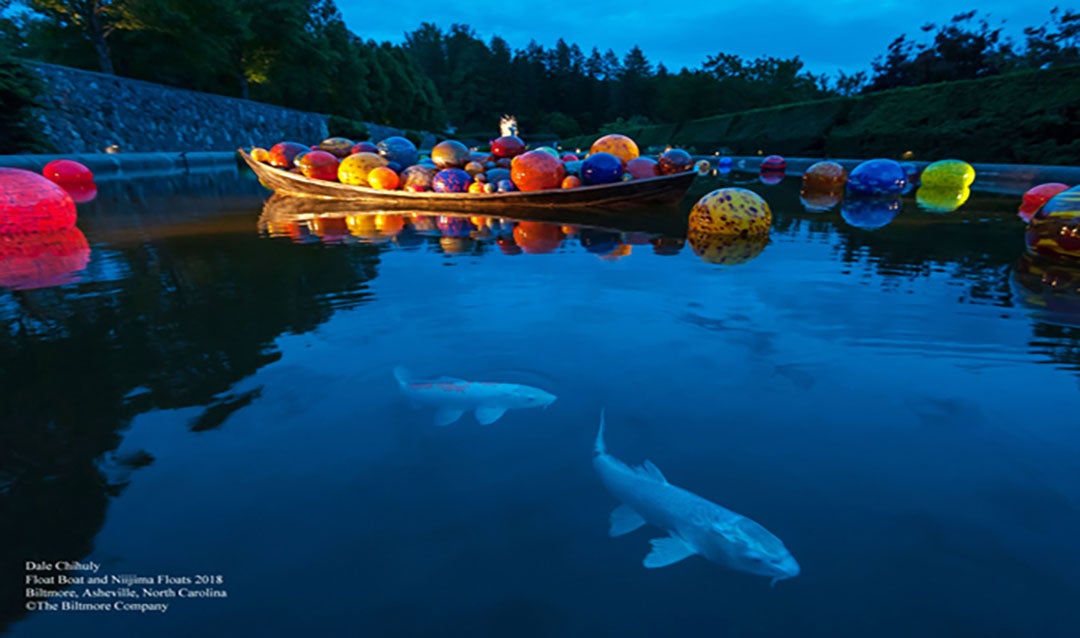
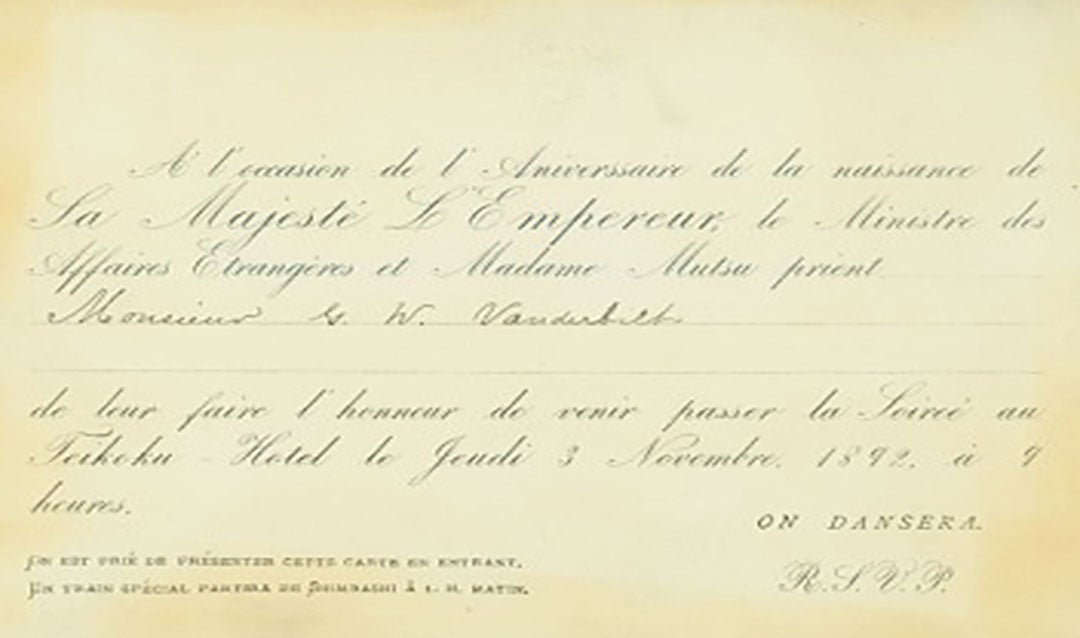
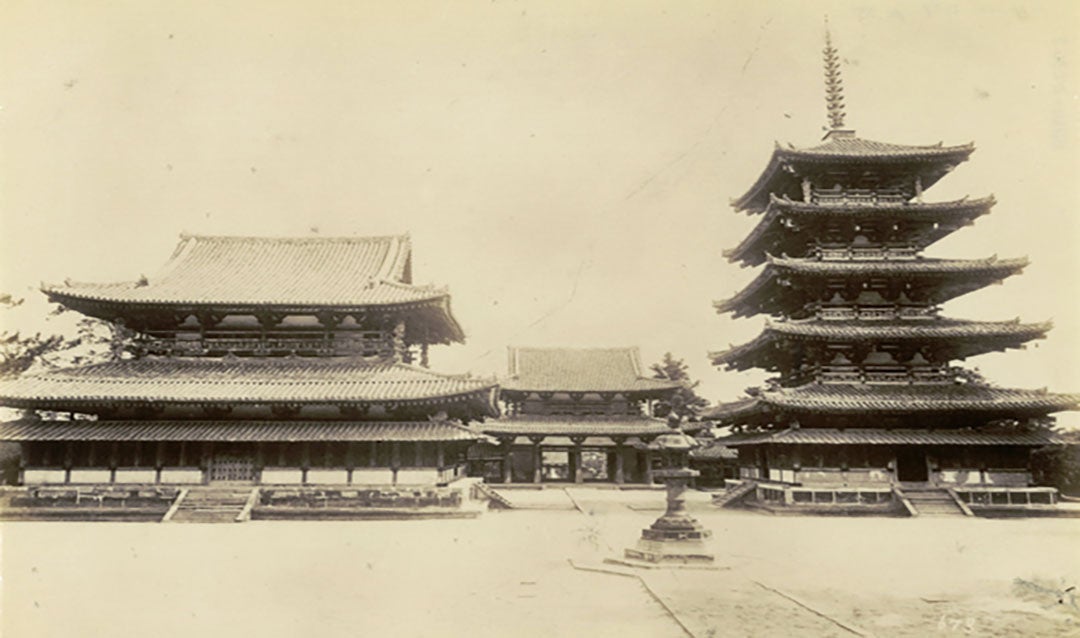
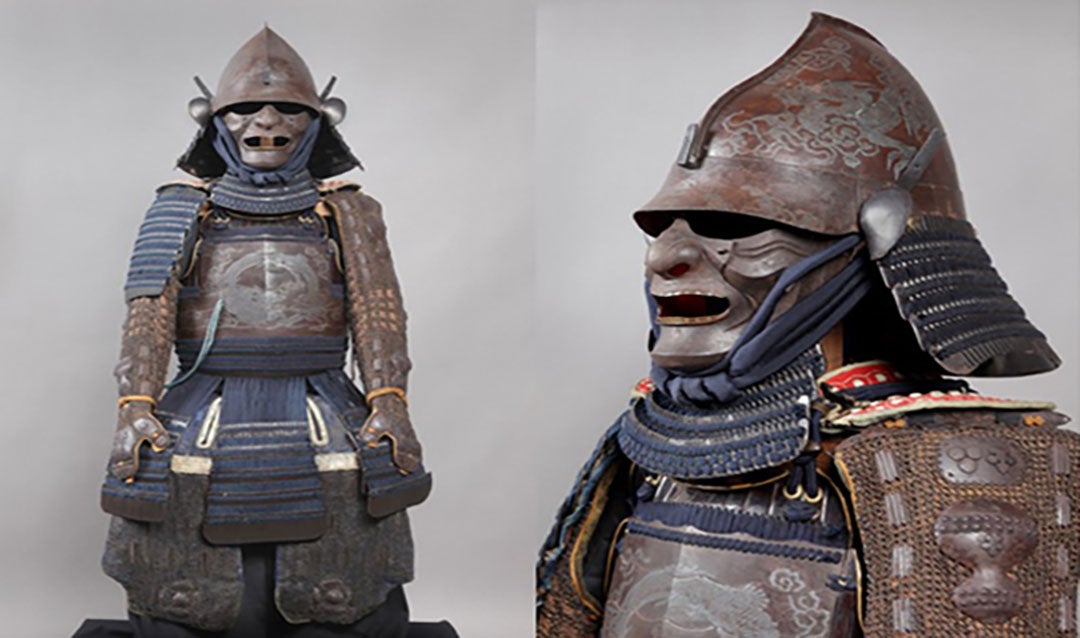



.jpg)
